STORAGE WARS
I don’t know about you, but my biggest challenge as the cook is to keep my produce from spoiling. Produce isn’t cheap and like all thrifty Dutch housewives, we like to get good use out of what we buy. Too many times in frustration, I have had to throw out fruits or vegetables. It has become an all-out-battle and I have dubbed it “Storage Wars“.
It’s interesting to hear what other people have tried in their preservation battles. Let’s get down to the reason why fruits and vegetables rot. Put on your thinking caps and brainy looking glasses, because we’re about to get some produce education.
welcome to produce science 101
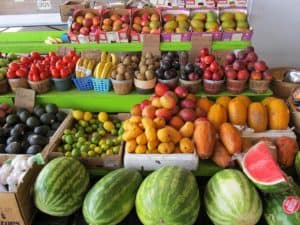
All produce has a cell wall (skin or rind) that acts as a barrier to slow down the rotting process and to protect the “meat” of the fruit. We know how ripe a piece of produce is by feeling the firmness of the produce. Once produce is harvested from the plant it automatically begins the process of ripening. The ripening process is triggered by a hormone called ethylene, which is a gas called C2H4. Oxygen(O2)also is an important gas that aids in the ripening process. If we want to control how fast produce ripens we must control the oxygen and ethylene levels. To do this we have to have top quality produce, followed by a proper storage container at an appropriate temperature.
Just where do you think you’re going with that?
According to Lindsay Hood, from adequateman.deadspin.com, not all produce can be stored in the refrigerator for ripening. Tomatoes and bananas should not be stored in a refrigerator. Onions and potatoes should not be stored near one another as the ethylene from the onion will make your potatoes sprout. Store your whole garlic bulbs in a container at less than 60 degrees. I’ve read that a great rule of thumb is if your fruit grew in the tropics you should leave it on the counter. Melons should sit out on the counter also, unless you want to cut them up, then store the cut fruit in the refrigerator.
If your fruit grew in the tropics, leave it on the counter. Share on XLet’s assume you have already bought top quality strawberries and inspected each one for any bruises, discoloration, or damage. I know your first temptation will be to wash them but DON’T. Keep in mind, at this stage we are only storing, not eating. Water is an enemy, it speeds up decay. ALWAYS wash your produce before eating it.
Always wash your produce before eating; NOT before storing. Share on XTo slow down our friends’ ethylene and oxygen, we have to make proper storage a priority. I can already tell you’re getting antsy because you probably think “proper storage” is going to cost you money. Well, be at ease friend because it DOESN’T have to. You already have the best storage containers under your roof, it’s called glass. I bet you have some canning jars, but IF YOU DON’T, you still have plenty of glass jars with lids in your recycling bin. Either way, go get some canning jars or glass jars with lids from your recycling bin and give them a good wash and dry. If you are going to use canning jars I am sure you have a pile of used canning lids with rings-these will work great.
Packaging is everything
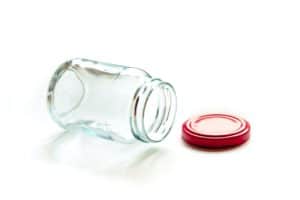
Gently place the strawberries one by one (you still want to prevent bruising) into the jar. Fill to the neck of the jar leaving room for the lid to be placed on without pressing down on the berries. Lastly, you should date the lid and then place the jar of strawberries in the fruit drawer of your refrigerator. The glass jar gives you two benefits. The first benefit is proper preservation(saving you money) until you are ready to wash and then eat them. The second is that you can see that you have strawberries to eat! I find I forget what I have and it gets stuck under something else!
Every good warrior needs a battle plan. The following list from “kitchn” by Emily Han, will aid you in your strategic preservation planning. Think of it like the Hatfield and McCoy feud. One is out to do the other in! Here it is:
Ethylene-producing foods
apples, apricots, avocados, bananas (ripe), blueberries, cantaloupe, cherimoyas, cranberries, figs, green onions, guavas, grapes, honeydew, kiwifruit, mangoes, mangosteen, nectarines, papayas, passion fruit, peaches, pears, persimmons, plums, potatoes, prunes, quince, tomatoes
Ethylene-sensitive foods
asparagus, bananas (unripe), blackberries, broccoli, Brussels sprouts, cabbage, carrots, cauliflower, chard, cucumbers, eggplant, endive, garlic, green beans, kale, leafy greens, leeks, lettuce, okra, onions, parsley, peas, peppers, raspberries, spinach, squash, strawberries, sweet potatoes, watercress, watermelon
Just so we are clear, all fruits and vegetables produce some levels of ethylene. The ethylene-sensitive foods will spoil faster in the presence of those that produce more ethylene. Think of it like the Hatfield and McCoy feud. One is out to do the other in!
Jars of goodness
Personally, I have had good results with storing baby carrots, blueberries, strawberries, mushrooms, and celery in glass jars saved from recycling. My “easy keepers” have been fresh blueberries and baby carrots. Strawberries last ten days. Mushrooms, however, are very temperamental. Be sure to watch for any condensation build up inside the mushroom jar. Place a strip of paper towel inside to wick up any moisture. Water spoils mushrooms very fast. Celery did okay, but because it releases a fair amount of ethylene, it gassed itself in the jar with a lid. Live and learn.
While researching this topic I stumbled upon a great pdf Food Storage Chart for Cupboard/Pantry, Refrigerator, Freezer by the University of Nebraska-Lincoln. So go on over and check it out. I thought it was pretty handy.
Experiment for yourself and enjoy storing your fruits and vegetables while saving money too. Let me know what you have tried in your produce preservation quest!

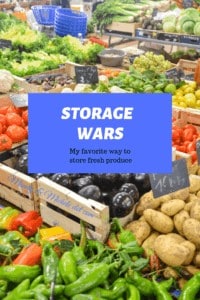
{Following links may be affiliate links. Your purchase through these links supports the continuance of this blog. Thanks}


Michele Bruxvoort is sure to draw you in with her delightful sense of humor and love for living life. She enjoys reading, repurposing, as well as remodeling the family home with her husband. Drawing from her life experience as wife, mom, and follower of Jesus, Michele brings you a very honest and real perspective on life. When you don’t find her writing, you can find her mowing lawns, stocking shelves, taking care of her grandbaby and tackling her latest life adventure.
Wisconsin native and empty-nester, she now makes her home with her husband of 27 years in the South West Prairie plains of Minnesota.

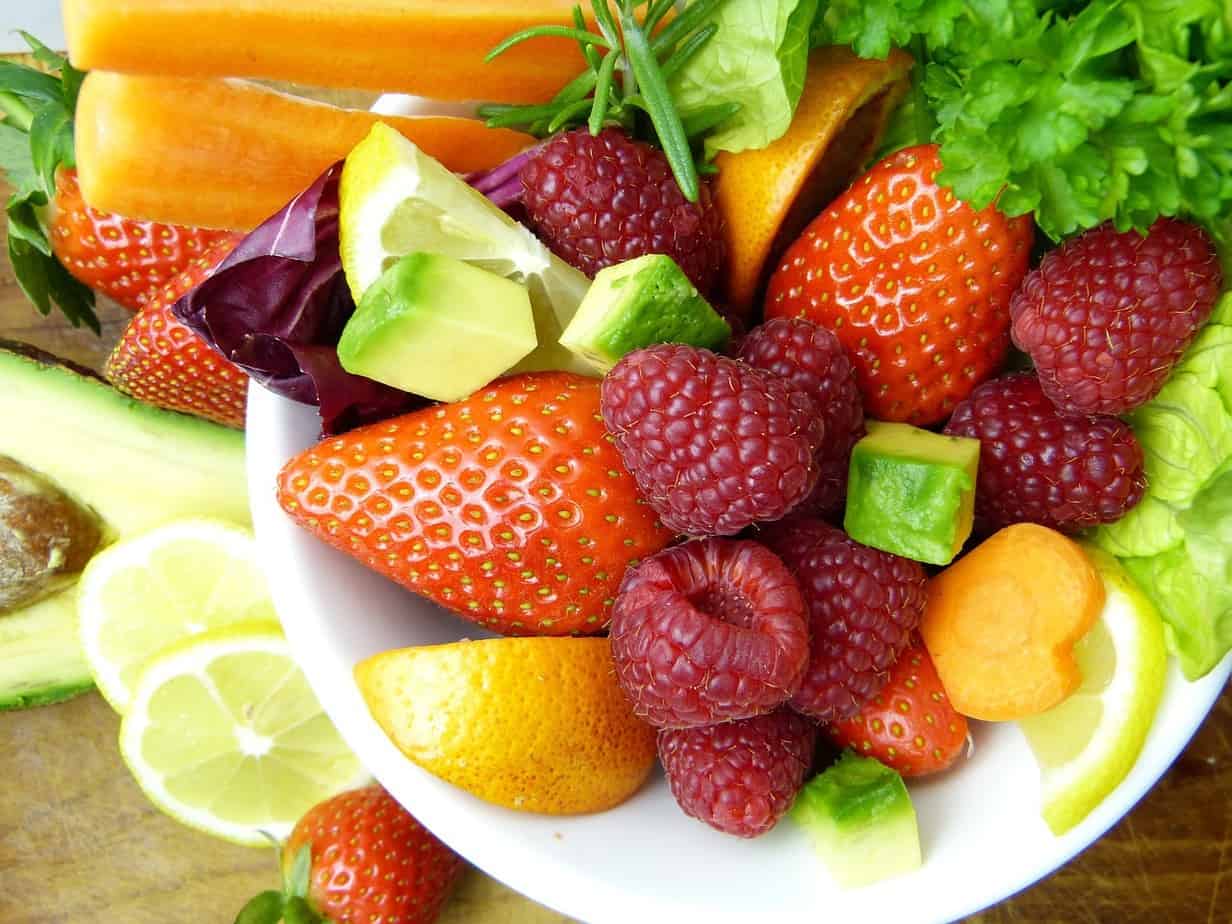
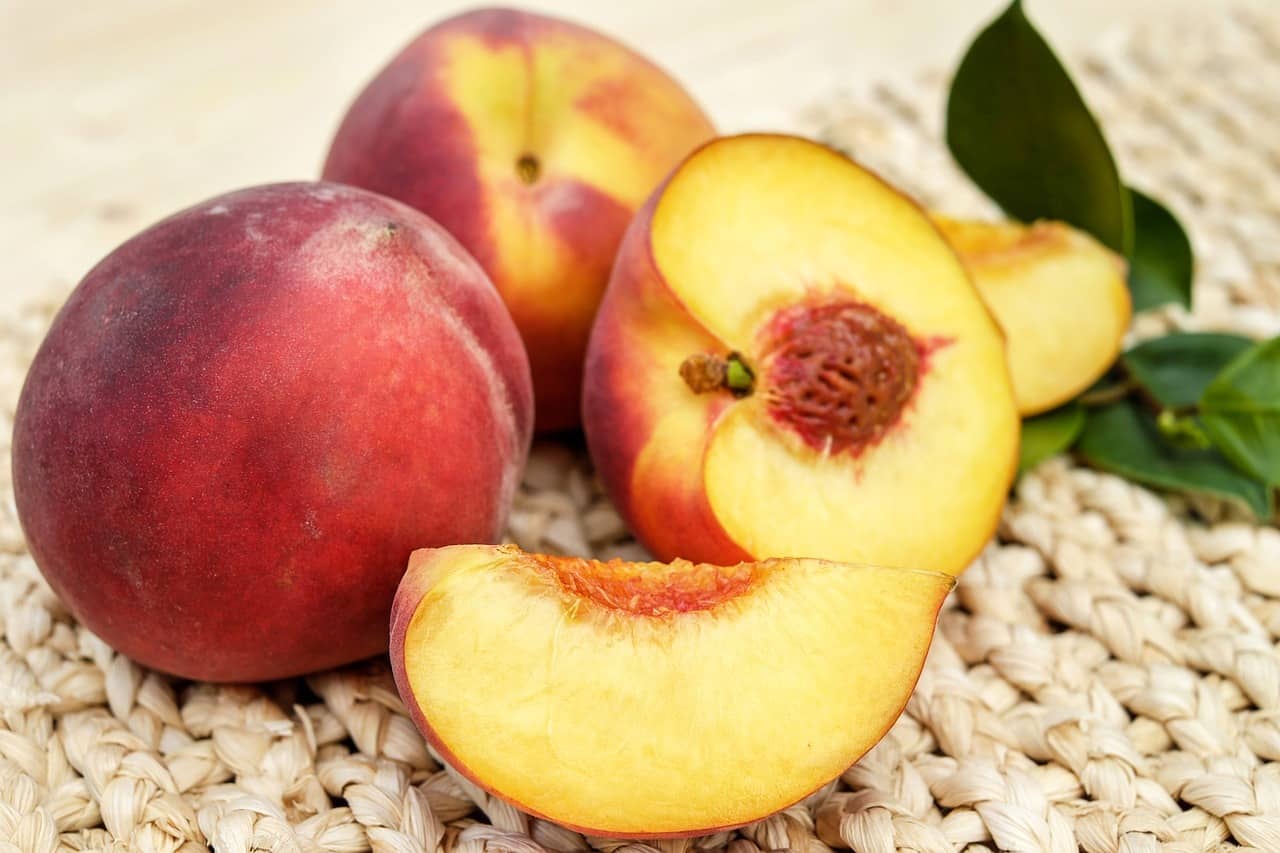
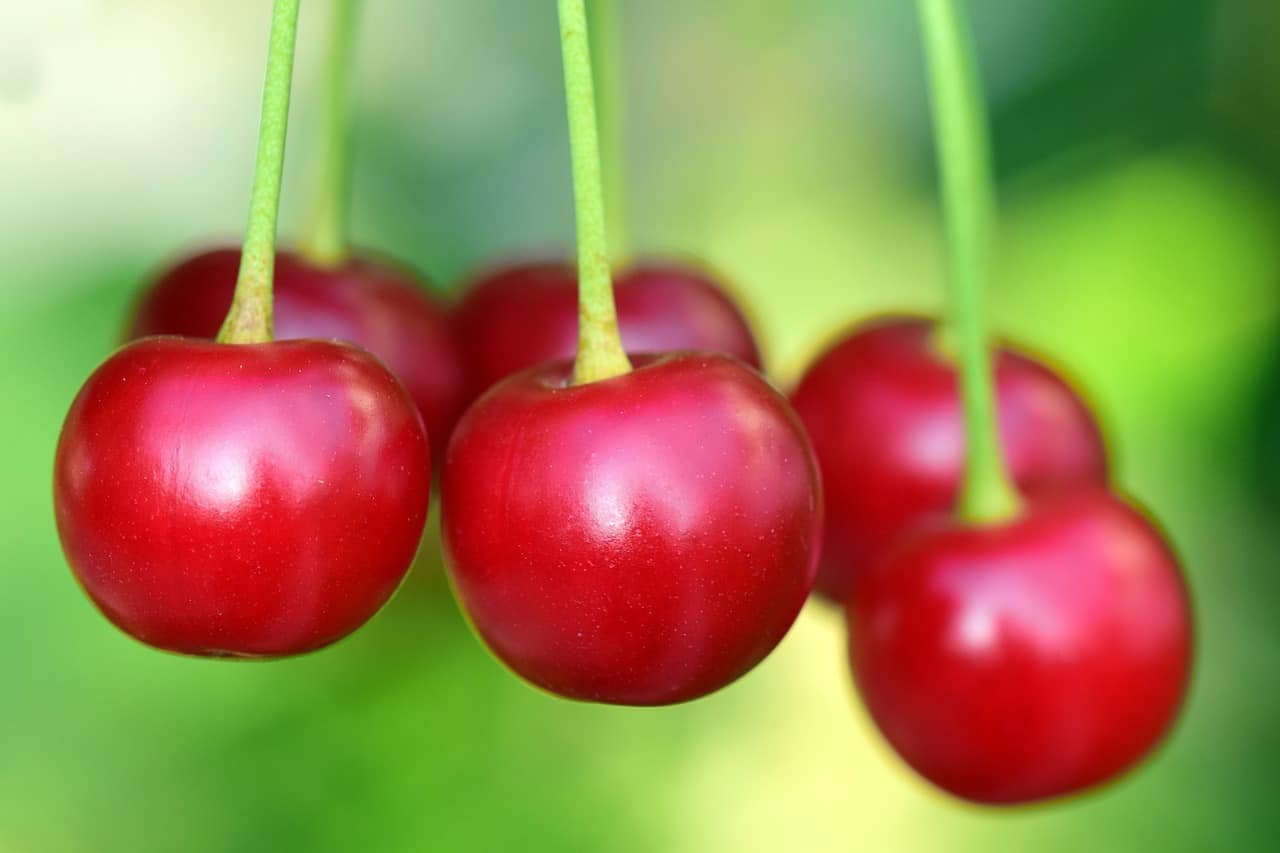
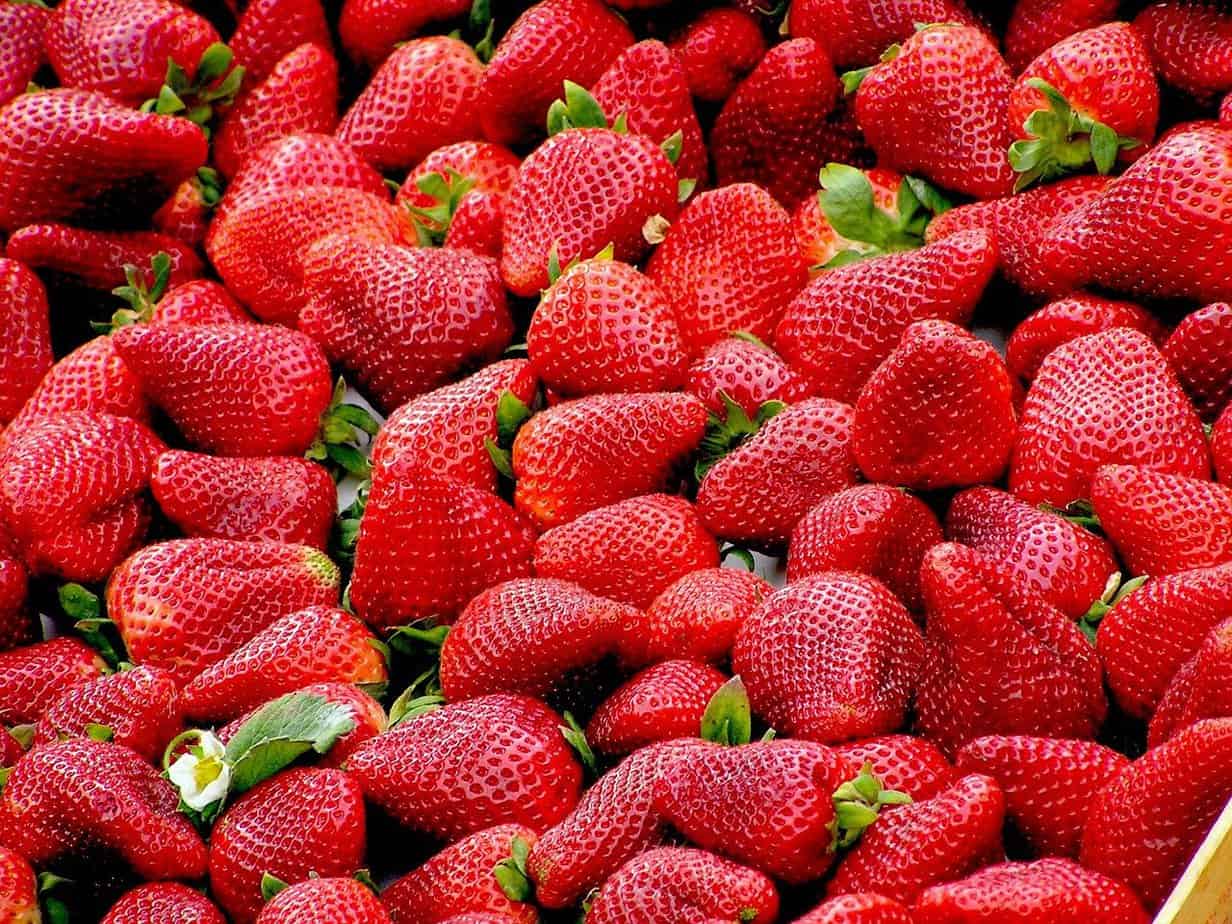
Hey Michele! We use Debbie Mayer’s Green bags. Our produce has been lasting MUCH longer. I may have to write about that. 🙂
This was so helpful. I did not know that about not storing onions and potatoes near each other. Have totally been doing that. Thanks for these tips.
Amy, Thanks for dropping in for a read! It was fun researching this. Did you know that before you eat a pineapple you should store it upside down? That way all the sugar runs through the fruit!
– Michele
Mandy! Where did you get those bags? Thanks for the tip!
Michele
Occasionally, you will find them at Walmart (where the as seen on tv stuff is) but I order them from Amazon. https://amzn.to/2umhUCz
I’ll add a link to the end of the post. 🙂
I like to throw a package into the boxes we send to missionaries in places where refrigeration is an issue
How in the world do you write that much in 5 minutes?
Stopping by from FMF
Actually, didn’t. I just shared it. 🙂
This was great! We are an hour from any grocery store of any significant size so fresh produce is always a battle. We had a root cellar built last October into the side of our hill so I’m hoping that’s going to help in a big way. FMF#36
Susan, Glad it was a help! Thanks for dropping in.
Michele
We buy a lot of fruits and veggies so good to know! Thanks so much for linking up with me at A Themed Linkup 50 for Vegetable Gardening. Pinned!
CONGRATS! Your post is FEATURED at A Themed Linkup 51 for Handmade Cards from my previous linkup for Vegetable Gardening!